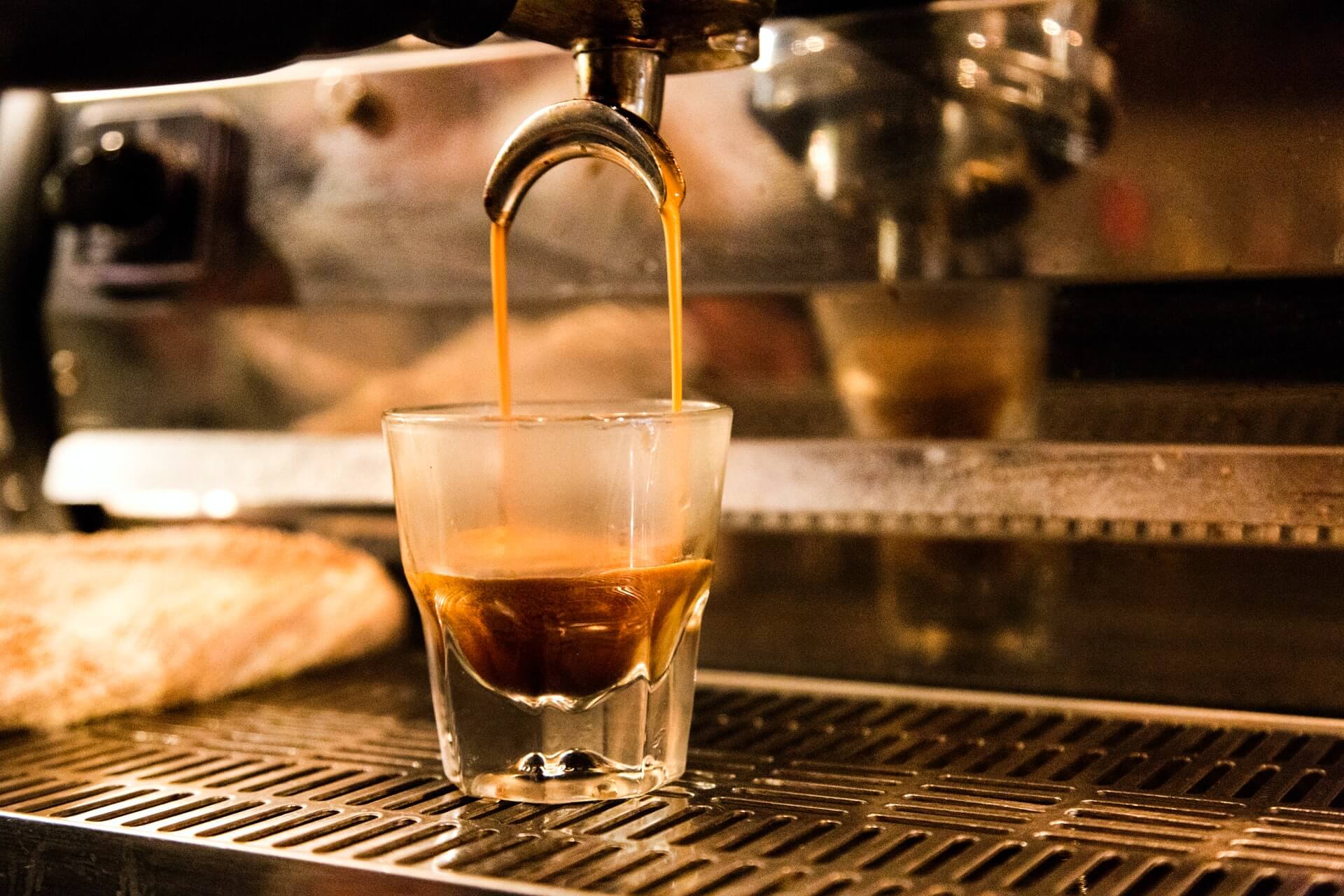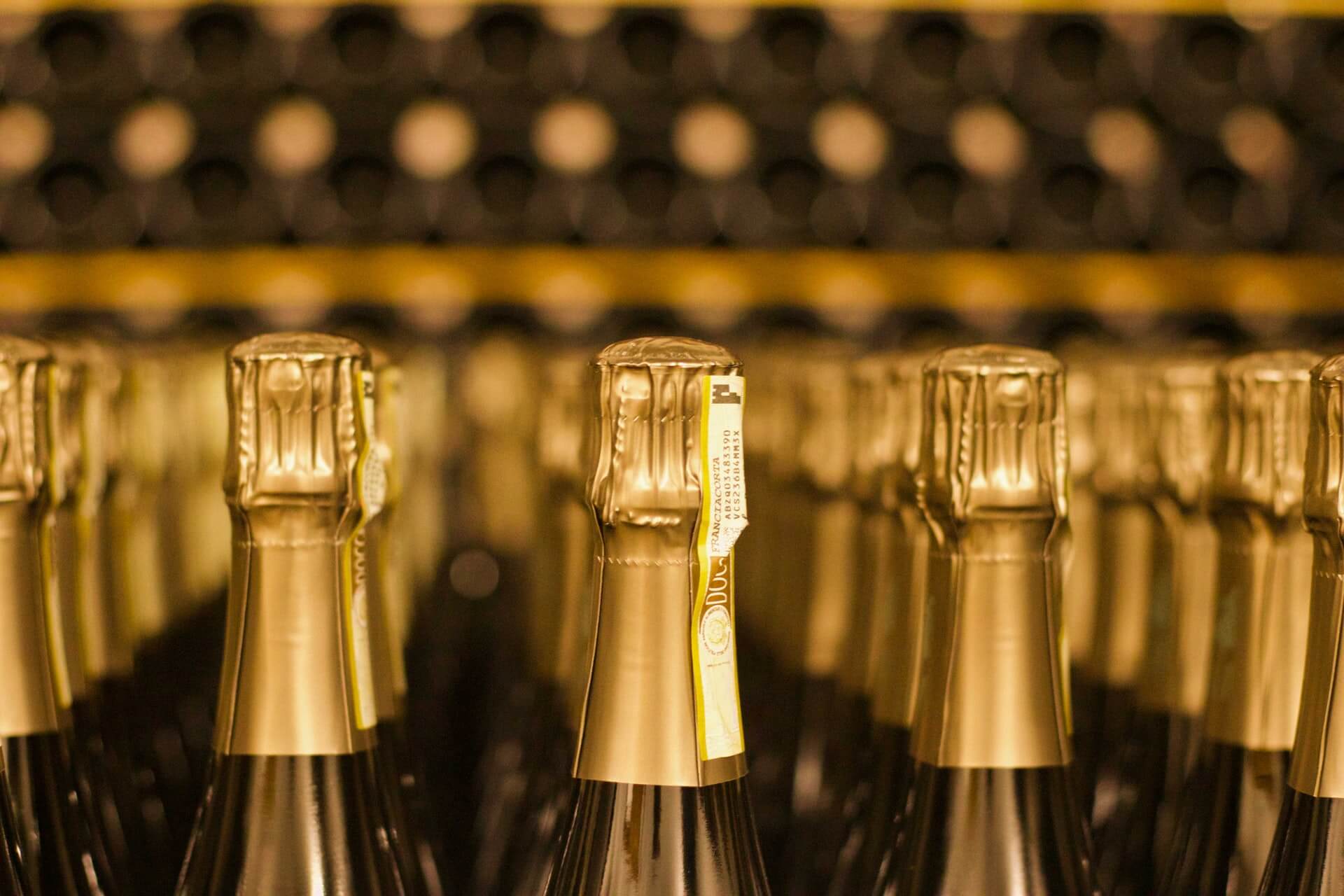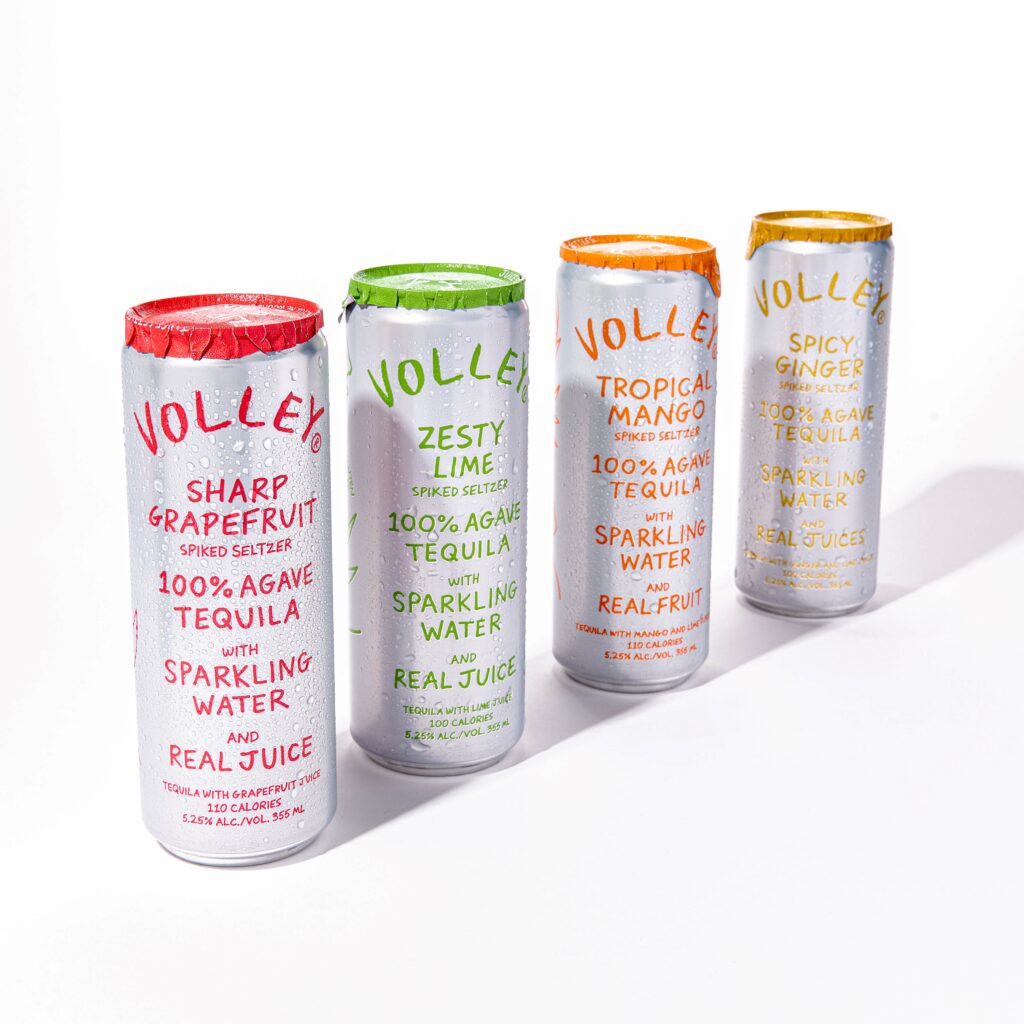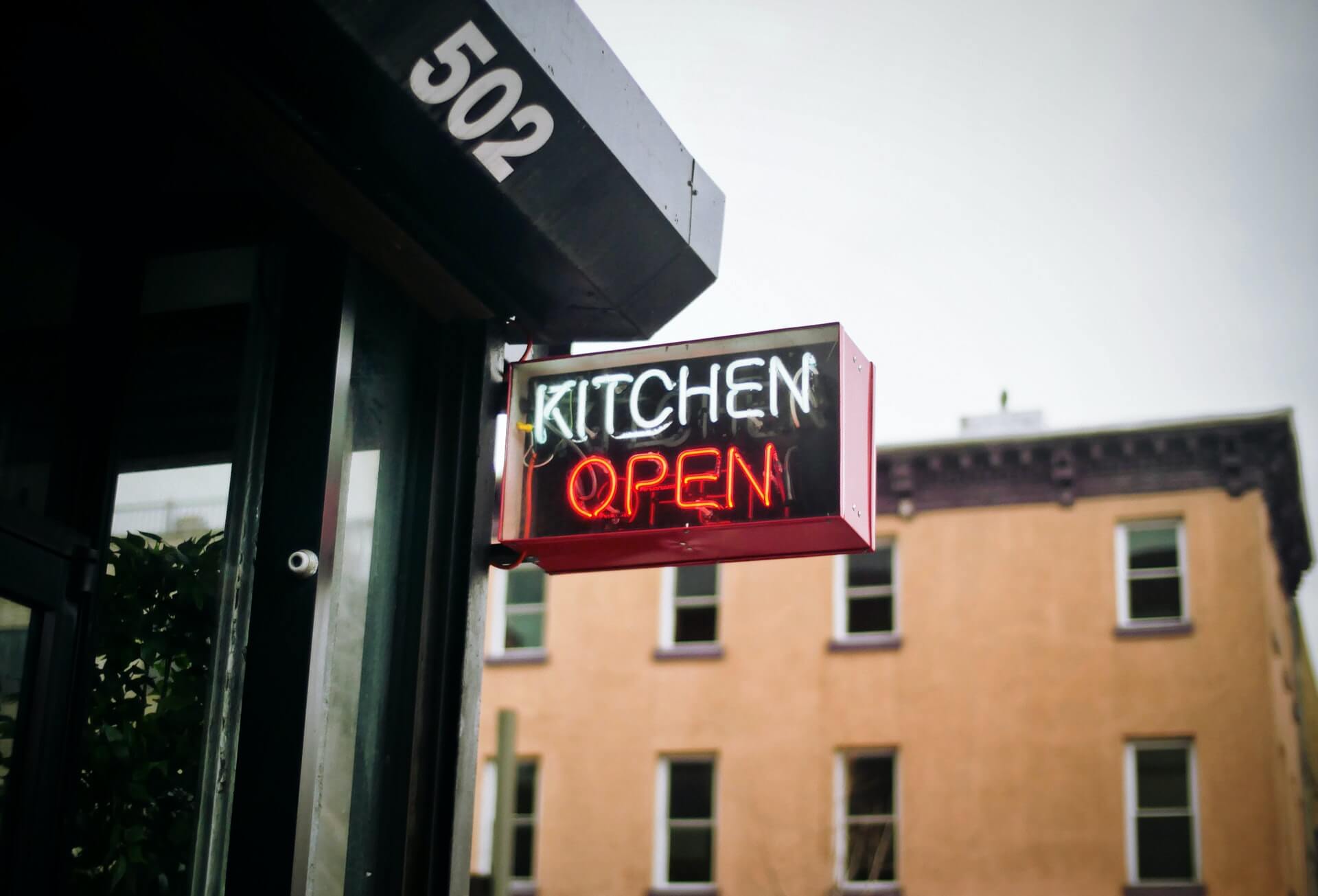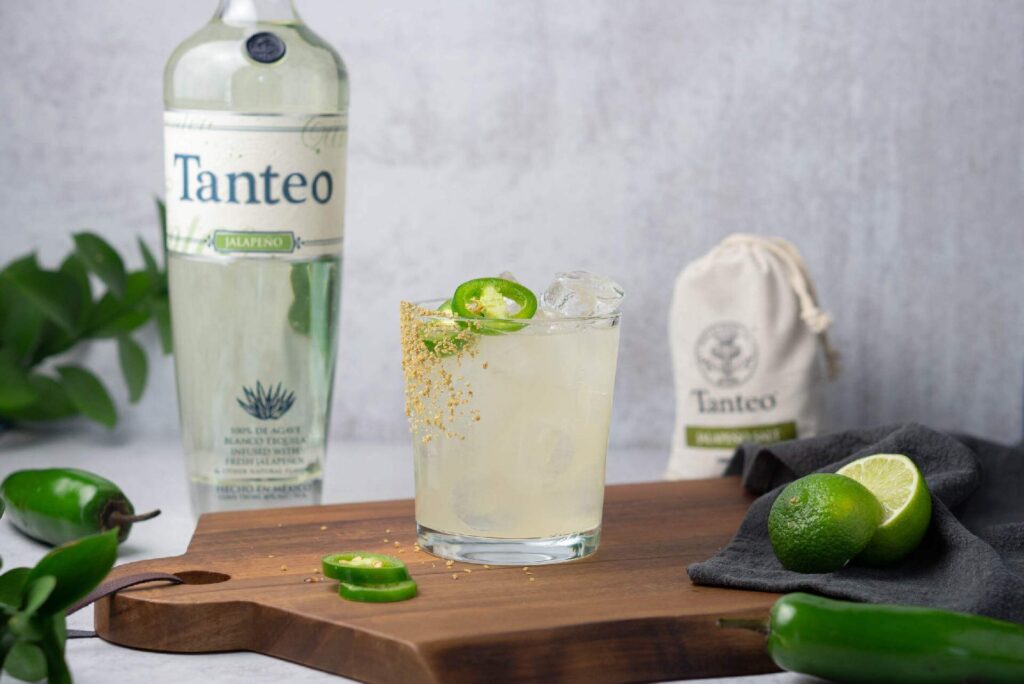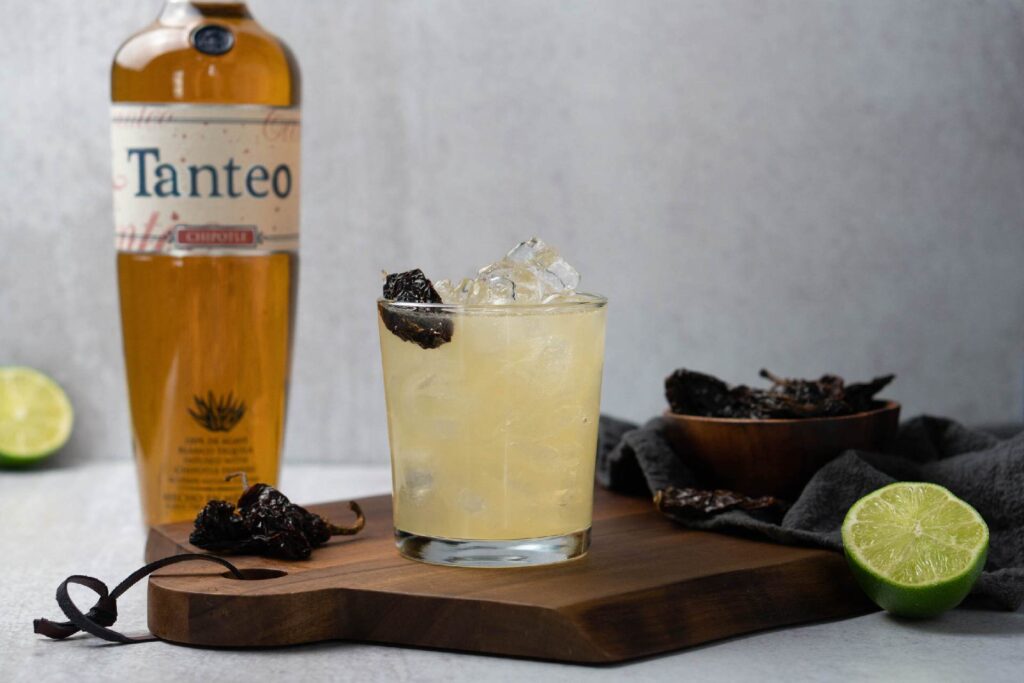5 Premium Recipes for National Margarita Day
by David Klemt
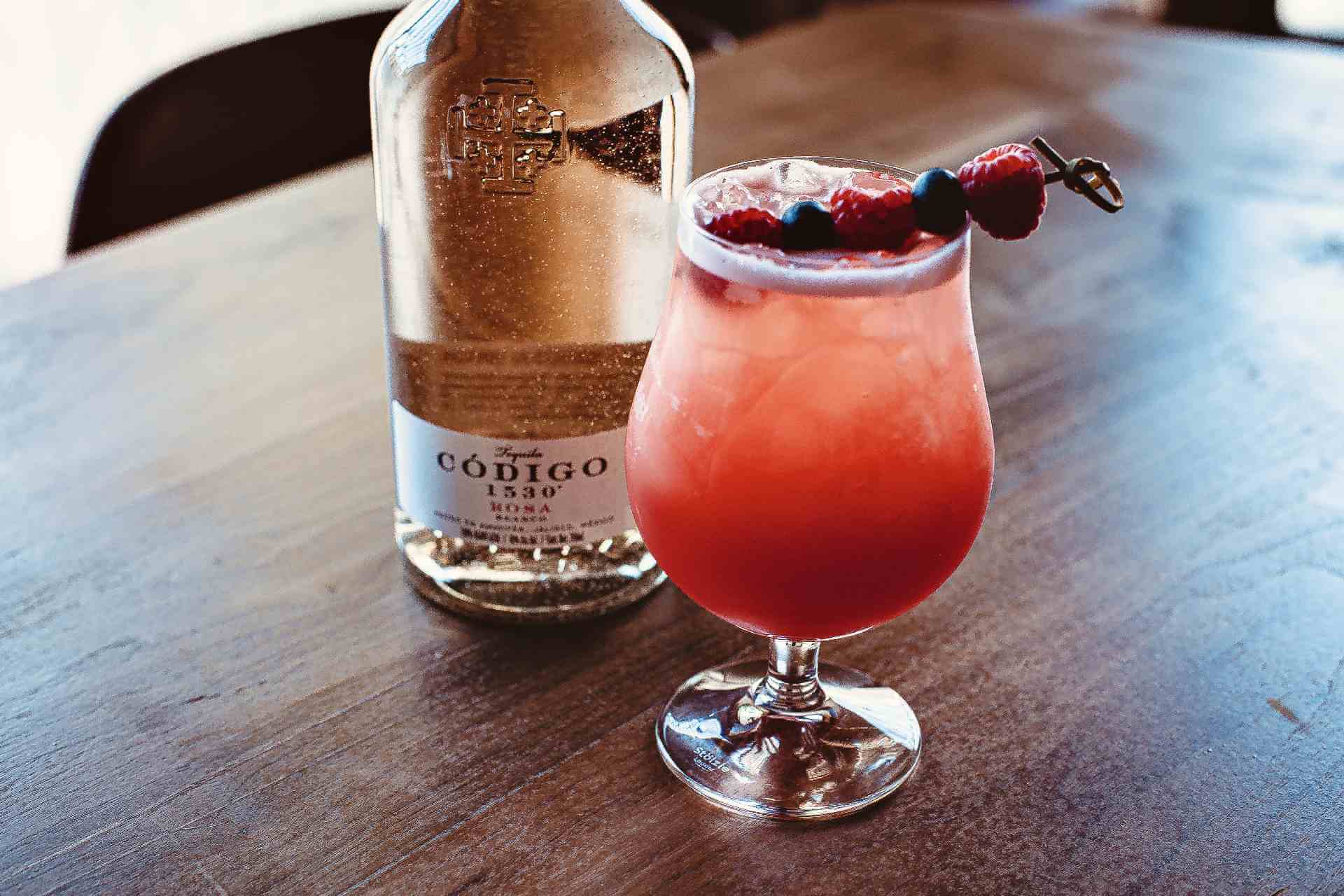
National Margarita Day is just around the corner and our friends at Código 1530 Tequila sent us five recipes for your cocktail menu.
For years, the Margarita has reigned supreme, steadily claiming the number-one spot on most-popular cocktail lists around the world. While this cocktail is now seeing its grip on the crown loosened by the Negroni and Old Fashioned, it’s hard to ignore the lure of a well-made Marg.
That’s even more true when its made with incredible tequila.
Each delicious, refreshing recipe below is made with super-premium Código 1530 Blanco or Rosa. However, you and your bar team should certainly experiment with other expressions in the range.
Considering the quality of Código 1530, operators can boost revenue by charging a premium for these magnificent Margs.
To learn more about Código 1530 Tequila and the creator of these recipes, company mixologist Collin De Laval, check out Bar Hacks episode 57.

Blanco Margarita
- 2 oz. Código 1530 Blanco Tequila
- 1 oz. Triple sec
- 1.5 oz. Lemon juice (freshly squeezed, preferably)
- 0.5 oz. Agave nectar
- Lime wedge or wheel for garnish
Prepare a rocks glass by rimming it with salt. Combine all ingredients in a shaker with ice. Shake, pour into the prepared rocks glass with ice, and garnish with a lime.
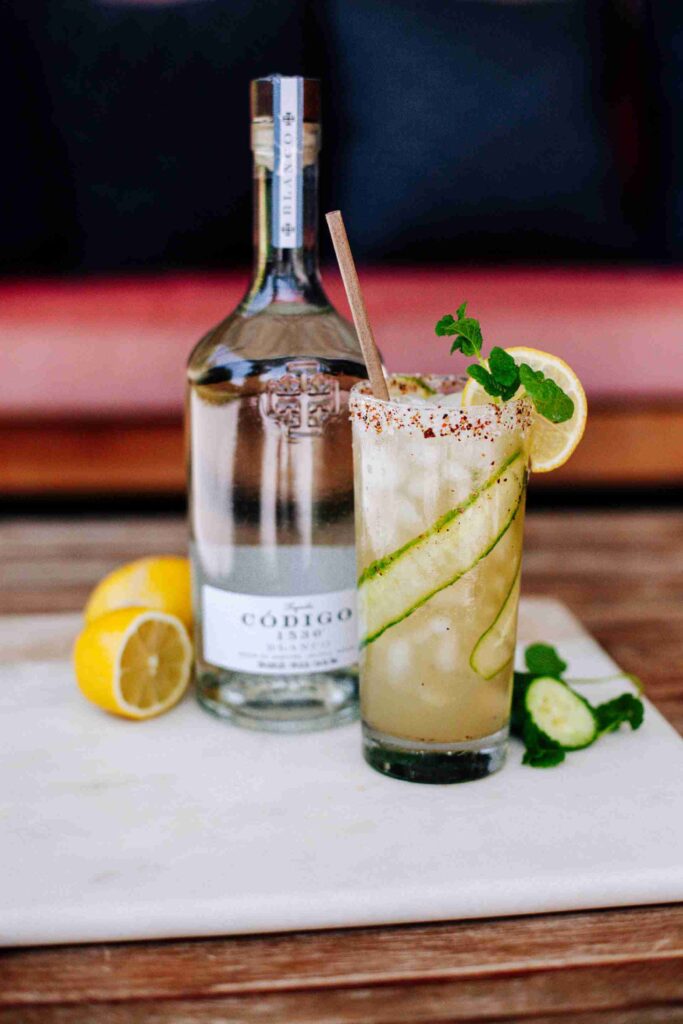
Cucumber Mint Margarita
- 1.5 oz. Código 1530 Blanco Tequila
- 1 oz. Cucumber juice (freshly pressed, preferably)
- 1 oz. Lemon juice (freshly squeezed, preferably)
- 0.25 oz. Agave nectar
- Mint leaves, some to garnish
- Salt and Tajín (50/50 mixture for rim)
- Cucumber ribbons to garnish
- Lemon wheel to garnish
To build, prepare a glass by rimming with lemon and rolling in salt and Tajín mixture and adding crushed ice. Add Código 1530 Blanco, cucumber and lemon juices, agave nectar, and mint leaves to a shaker with ice. Shake, strain into prepared glass, and garnish with cucumber ribbons, lemon wheel, and mint leaves.

Rosa Blasberry Margarita
- 2 oz. Código 1530 Rosa Tequila
- 1.5 oz. Lime juice (freshly squeezed, preferably)
- 0.5 oz. Agave nectar
- Handful of raspberries, some to garnish
- Handful of blueberries, some to garnish
- Soda water to top
Add berries and lime juice to shaker, and muddle. Next, fill shaker with ice and add Código 1530 Rosa and agave nectar. Shake, strain, and garnish with berries.
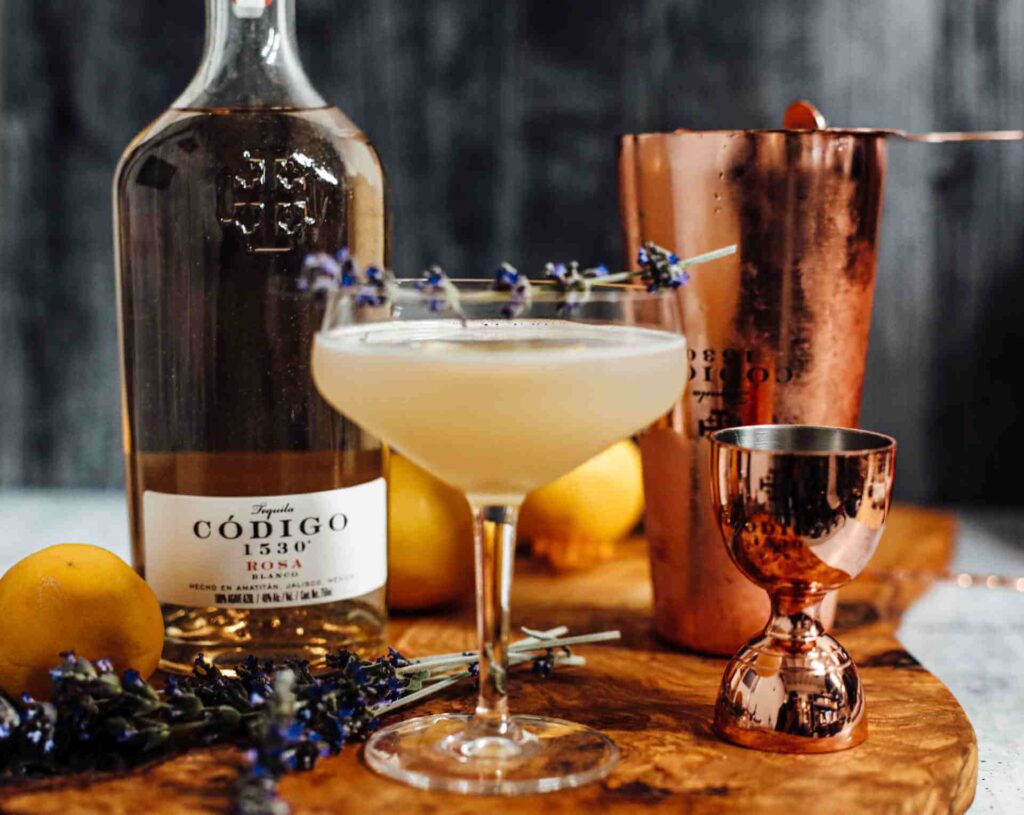
Rosa Skinny Margarita with Lavender
- 2 oz. Código 1530 Rosa Tequila
- 1 oz. Lime juice (freshly pressed, preferably)
- 1 oz. Agave nectar
- Lime wedge or wheel to garnish
- Lavender to garnish (optional)
For this simple but refreshing Margarita, add the first three ingredients to a shaker with ice. Shake, strain, and garnish with lime wedge or wheel and lavender.
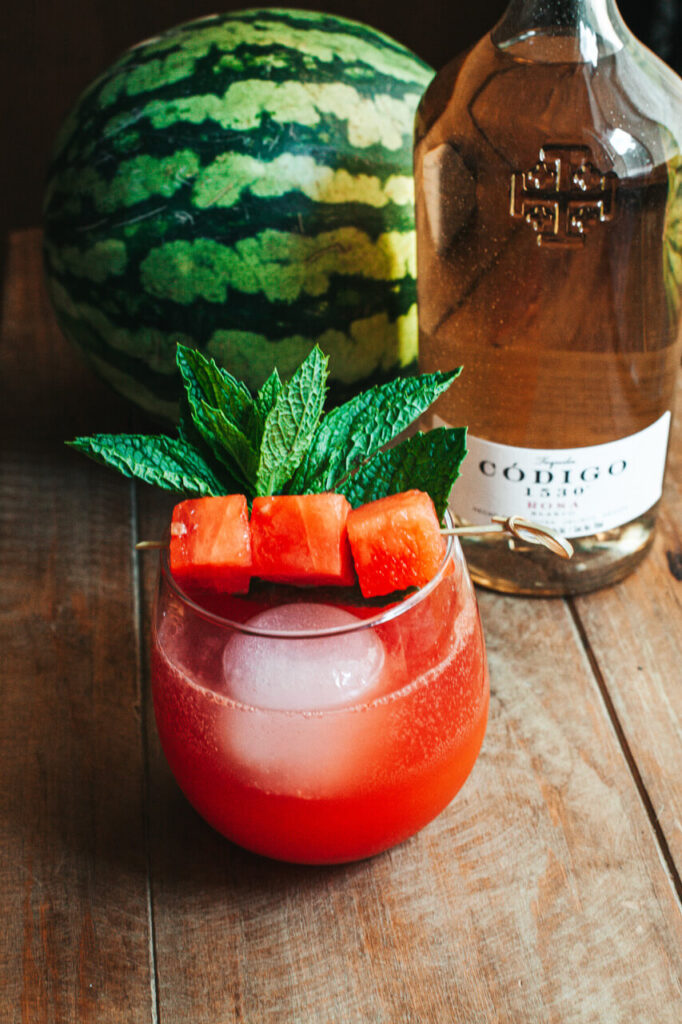
Watermelon Mint Margarita
- 2 oz. Código 1530 Rosa Tequila
- 3 oz. Pressed watermelon juice (freshly pressed, preferably)
- 0.75 oz. Lime juice (freshly squeezed, preferably)
- 0.25 oz. Agave nectar
- Watermelon slices to garnish
Fill a shaker with ice and add Código 1530 Rosa, juices, and nectar. Shake for 30 seconds, pour into glass, and garnish with watermelon slices.
Images: Código 1530 Tequila

